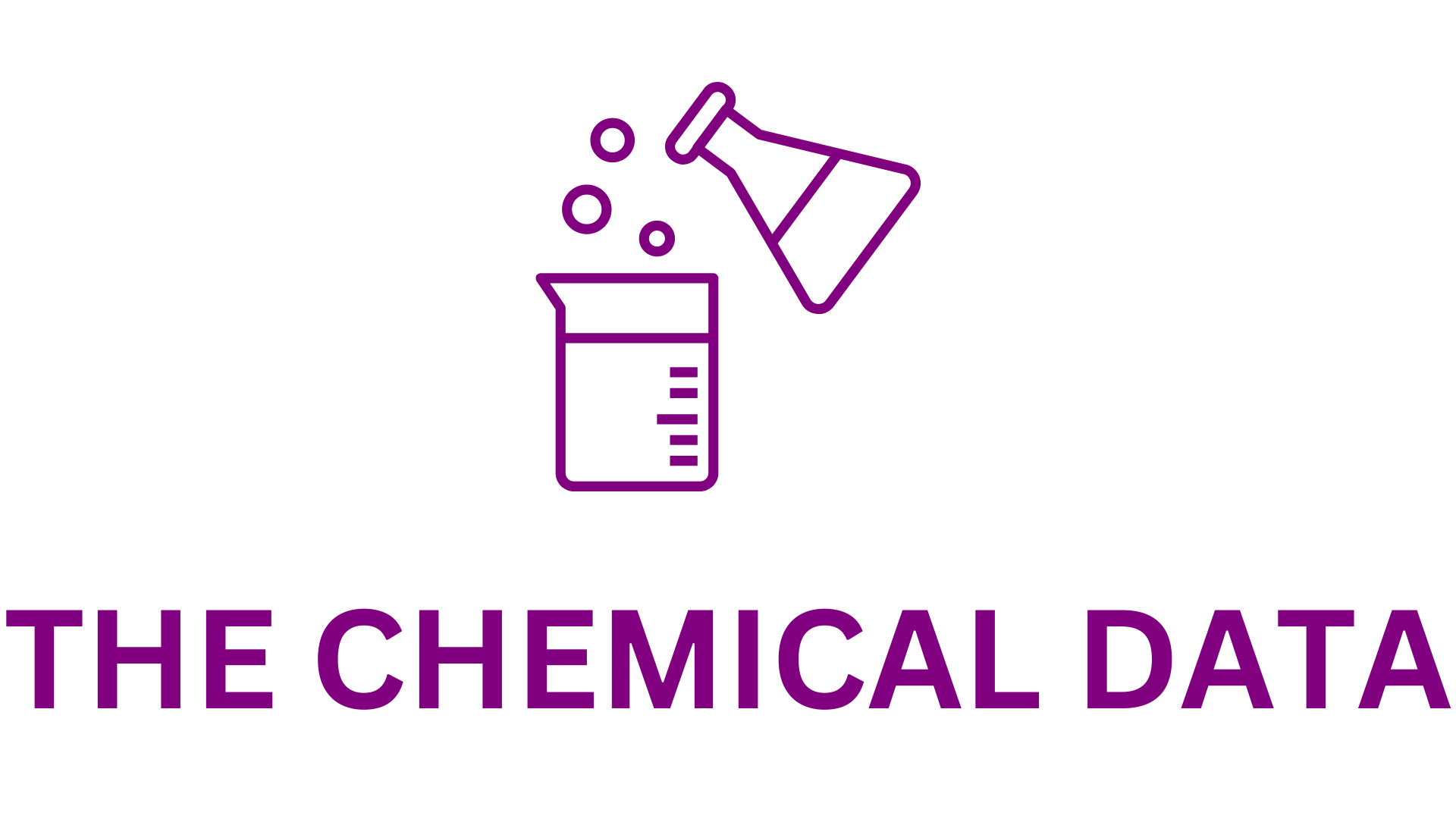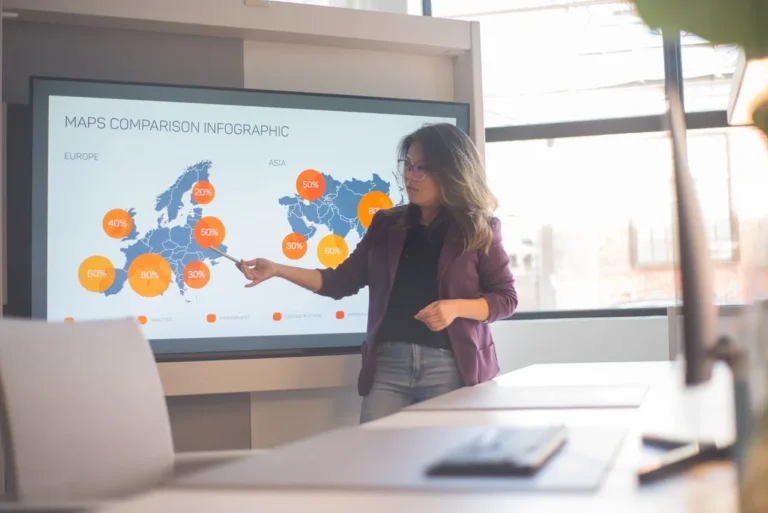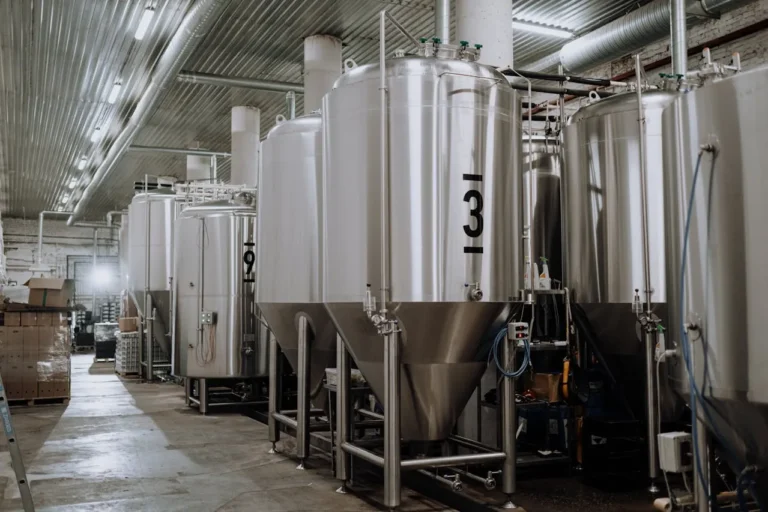
The global chemical industry is undergoing a significant transformation, shifting from traditional fossil-based feedstocks to sustainable alternatives. This change is driven by environmental concerns, regulatory pressures, and the pursuit of a circular economy. The “Global Market for Sustainable Feedstocks 2025–2035” report provides a comprehensive analysis of this evolving landscape, highlighting key drivers, technological advancements, and market projections.
Market Overview
The sustainable feedstocks market is projected to grow at a compound annual growth rate (CAGR) of 16% from 2025 to 2035. This growth is fueled by increasing demand for eco-friendly products, advancements in green technologies, and supportive regulatory frameworks. The transition to sustainable feedstocks is expected to require cumulative investments ranging from $440 billion to $1 trillion by 2040, potentially reaching up to $3.3 trillion by 2050.
Key Drivers of Market Growth
- Environmental Regulations: Governments worldwide are implementing stringent regulations to reduce carbon emissions and promote sustainable practices in the industry.
- Corporate Sustainability Goals: Companies are setting ambitious sustainability targets, driving the adoption of renewable feedstocks and green chemistry principles.
- Consumer Demand: There is a growing consumer preference for products made from sustainable and biodegradable materials, influencing manufacturers to adopt eco-friendly feedstocks.
- Technological Innovations: Advancements in biotechnology, synthetic biology, and process engineering are making the production of sustainable chemicals more feasible and cost-effective.
Sustainable Feedstock Sources
The report identifies several key sources of sustainable chemical feedstocks:
- Biomass: Utilizing lignocellulosic and non-lignocellulosic biomass, such as agricultural residues and algae, to produce bio-based chemicals.
- Municipal and Agricultural Waste: Converting waste materials into valuable products through processes like anaerobic digestion and pyrolysis.
- Carbon Dioxide Utilization: Capturing and converting CO₂ emissions into and fuels using advanced catalytic and electrochemical methods.
- Renewable Hydrogen: Producing green hydrogen through water electrolysis powered by renewable energy sources, serving as a key feedstock for various processes.
Technological Advancements
The transition to sustainable feedstocks is supported by several technological innovations:
- Green Chemistry: Implementing principles that reduce or eliminate hazardous substances in chemical production, enhancing safety and environmental performance.
- Circular Economy Approaches: Designing products and processes that enable recycling, reuse, and resource efficiency, minimizing waste generation.
- Advanced Recycling Technologies: Developing methods like recycling and depolymerization to convert plastic waste back into monomers for new product synthesis.
- Digitalization and AI: Leveraging artificial intelligence and machine learning to optimize chemical processes, predict outcomes, and accelerate innovation.
- Synthetic Biology: Engineering microorganisms to produce chemicals from renewable feedstocks, offering sustainable alternatives to traditional petrochemicals.
End-Use Applications
Sustainable chemical feedstocks have diverse applications across various industries:
- Agriculture: Producing bio-based fertilizers and pesticides that are environmentally friendly and promote sustainable farming practices.
- Cosmetics and Personal Care: Developing natural and biodegradable ingredients for skincare, haircare, and other personal care products.
- Packaging: Creating sustainable packaging materials, such as bioplastics, that reduce reliance on fossil-based plastics.
- Paints and Coatings: Formulating eco-friendly paints and coatings with low volatile organic compound (VOC) content.
- Pharmaceuticals: Utilizing green chemistry principles to manufacture active pharmaceutical ingredients with reduced environmental impact.
- 3D Printing: Developing bio-based materials suitable for additive manufacturing applications.
Investment Landscape
The shift towards sustainable chemical feedstocks presents significant investment opportunities:
- Research and Development: Investing in R&D to develop new technologies and improve existing processes for sustainable production.
- Infrastructure Development: Building facilities and supply chains capable of handling renewable feedstocks and producing bio-based chemicals at scale.
- Public-Private Partnerships: Collaborating between governments and private entities to fund and support sustainable initiatives.
Challenges and Considerations
Despite the promising outlook, the industry faces several challenges:
- Economic Viability: Ensuring that sustainable production is cost-competitive with traditional methods.
- Feedstock Availability: Securing a consistent and sustainable supply of renewable feedstocks.
- Regulatory Hurdles: Navigating complex regulatory environments and obtaining necessary approvals for new processes and products.
- Technological Maturity: Scaling up laboratory innovations to commercial production levels while maintaining efficiency and quality.







